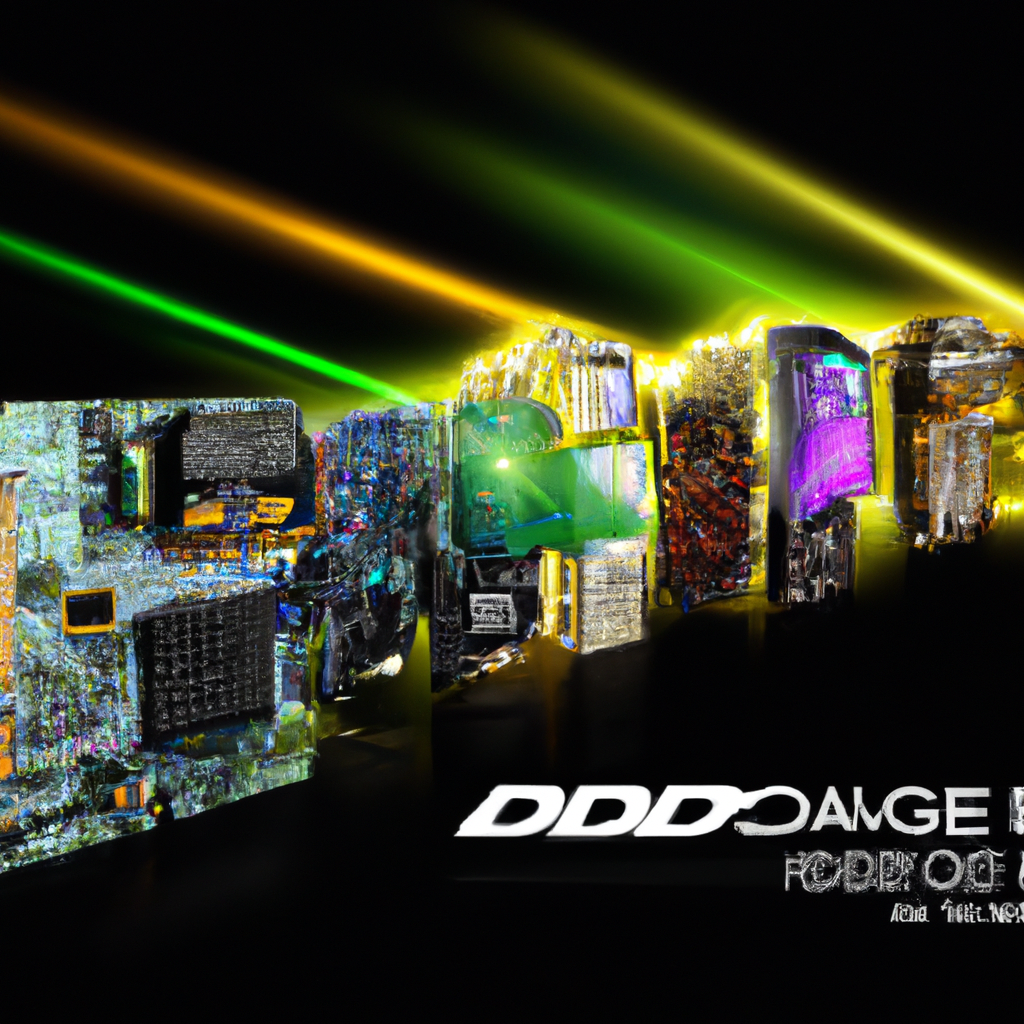Evolving Pixels: Tracing the Journey of Graphics Cards Through the Decades
In the digital age, graphics cards have become a cornerstone of computing, pushing the boundaries of visual realism and performance. This post dives into the transformative journey of graphics cards from simple rendering tools to complex machines capable of driving immersive virtual realities.
The Dawn of Graphics Processing
The story begins in the early 1980s, when the first dedicated graphics cards were introduced. These early devices were basic by today’s standards but were revolutionary in rendering simple images on computer screens.
The Rise of 3D Acceleration
By the mid-1990s, the industry saw the advent of 3D graphics accelerators, spearheaded by innovators like 3dfx with their Voodoo series. This era marked a significant leap in computational graphics, allowing for more complex shapes and textures.
The 2000s: A Quantum Leap in Graphics Technology
The turn of the millennium brought with it GPUs capable of programmable shading, led by NVIDIA’s GeForce 3 series. These technologies set the stage for modern graphics capabilities, supporting detailed gaming environments and professional graphics work.
Today and Beyond: AI and Real-Time Ray Tracing
Fast forward to 2025, graphics cards now harness the power of AI to deliver real-time ray tracing, creating lighting and shadows that mimic real-world behaviors. This advancement not only enhances user experience in gaming but also in scientific visualization and virtual production.
Conclusion
The evolution of graphics cards is a testament to the relentless pursuit of visual excellence in the tech industry. As we look ahead, the integration of AI and further innovations will continue to reshape our digital and visual landscapes.






